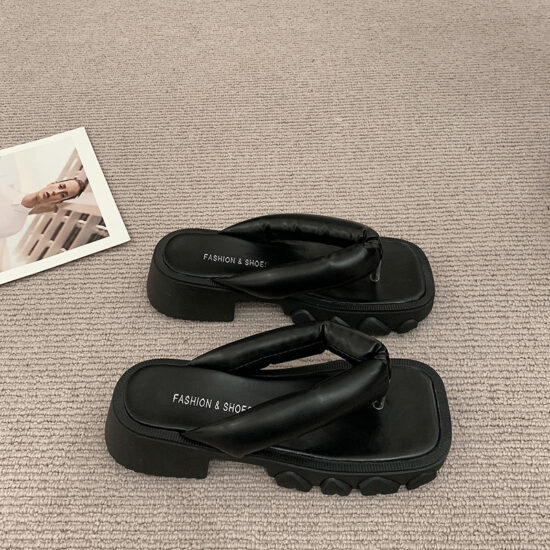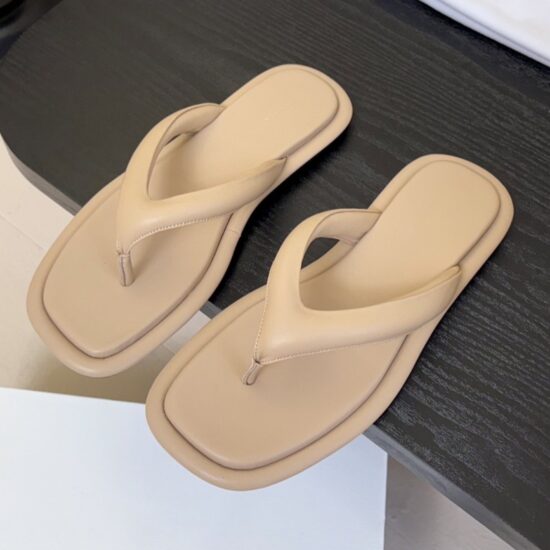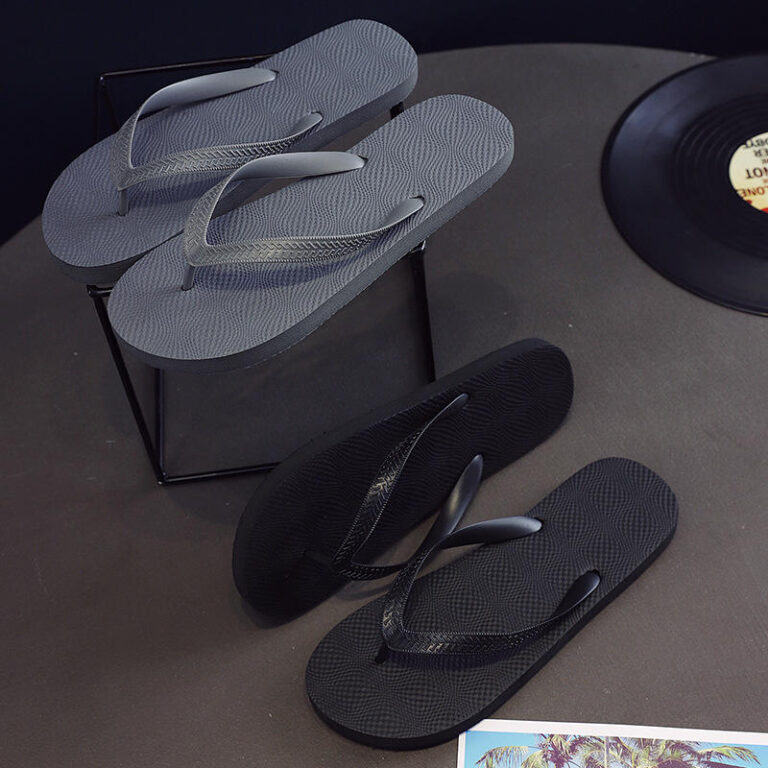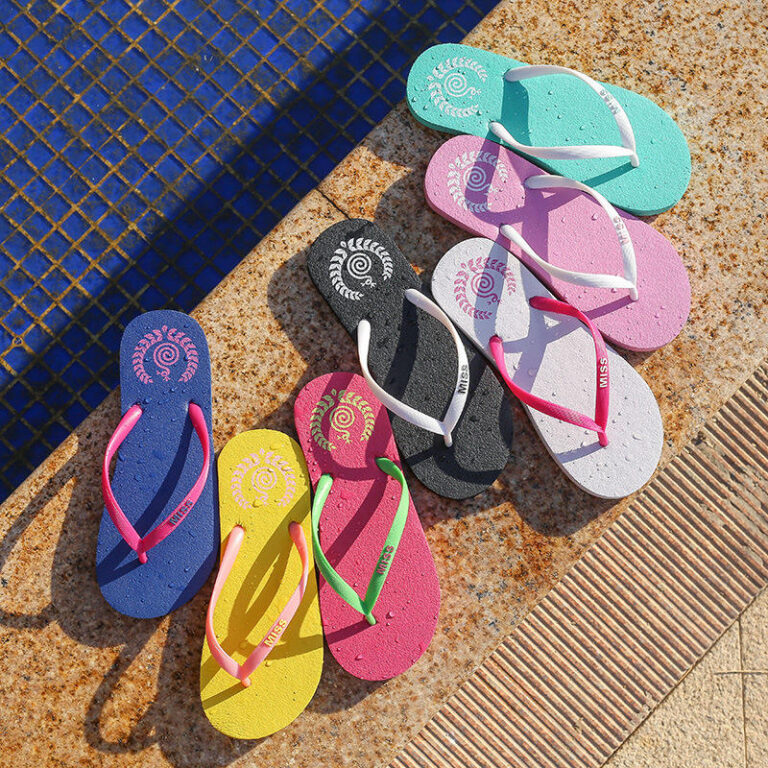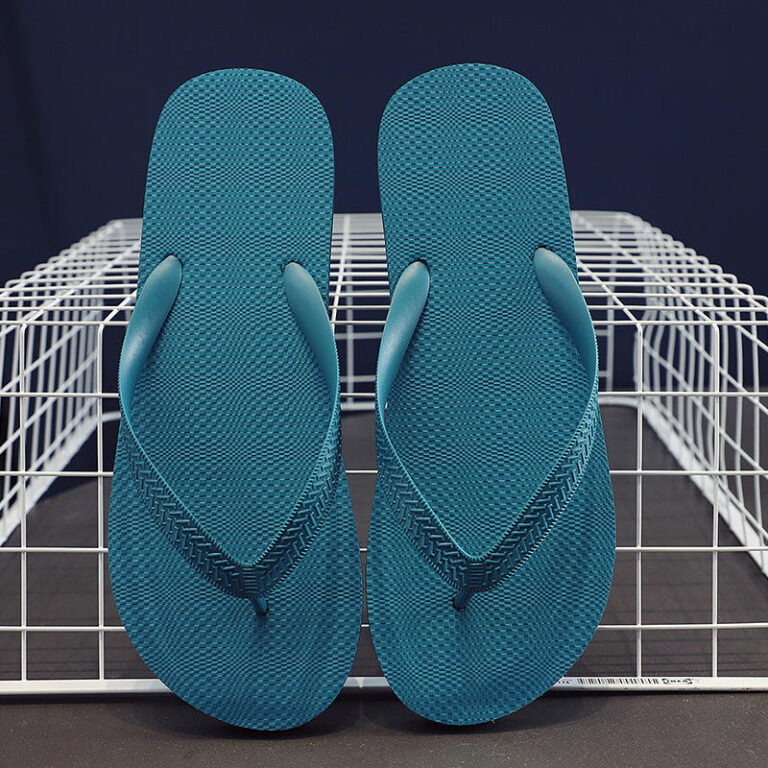jay@nbdho.com
The Evolution of Flip Flops: From Ancient Footwear to Modern Fashion
Introduction:
Flip flops have come a long way from their origins as simple sandals used by ancient civilizations. Today, they are one of the most popular types of casual footwear around the world. From their humble beginnings to their rise in global fashion, flip flops have evolved in terms of design, materials, and cultural significance. In this blog post, we’ll explore the history and evolution of flip flops, highlighting how they became a staple in both casual wear and high fashion.
The Ancient Origins of Flip Flops:
The earliest known use of flip flops dates back to around 4,000 years ago in ancient Egypt. Archaeological evidence suggests that sandals with a similar design to modern flip flops were worn by Egyptians, who crafted them from papyrus or palm leaves. These sandals were used as everyday wear, offering protection from the harsh desert environment while remaining lightweight and breathable. Similar styles were also found in ancient Mesopotamia and Greece, with footwear resembling flip flops made from leather or wood.
Flip Flops in the 20th Century:
The modern flip flop as we know it today began to take shape in the early 20th century. The Japanese geta sandals, which featured a thong between the toes, influenced the design of Western flip flops. During World War II, flip flops made from rubber became widely popular in the United States, thanks to their affordability and ease of production. Post-war, flip flops became associated with leisure and beach culture, particularly in sunny destinations like California.
The Rise of Flip Flops as Fashion Statements:
In the 1960s and 1970s, flip flops became synonymous with the counterculture movement, where they symbolized freedom, relaxation, and rebellion against traditional norms. They were embraced by surfers and beachgoers, making them the quintessential footwear for laid-back, beach-centric lifestyles. Flip flops also became linked with tropical vacations, further cementing their place as casual footwear.
By the 1990s, flip flops started to gain traction in the fashion world. Designers began to experiment with new materials, colors, and embellishments, elevating flip flops beyond their humble beginnings. Brands like Havaianas and Reef introduced high-quality, stylish flip flops that appealed to both comfort-seeking individuals and those looking to make a fashion statement. They became more versatile, transitioning from the beach to casual outfits, and even making an appearance in street style.
Modern Flip Flops: A Fashion Staple:
Today, flip flops are available in a wide range of styles, materials, and designs, from basic rubber flip flops to high-end versions with embellishments like rhinestones, metallic finishes, and even orthopedic designs. Brands such as Birkenstock, Teva, and Crocs have redefined the flip flop, combining comfort, support, and style. High-end designers have even incorporated flip flop-inspired footwear into their collections, making them a symbol of effortless chic.
In addition to the classic rubber and leather designs, flip flops are now crafted with eco-friendly materials like recycled plastics and organic cotton, catering to the growing demand for sustainable fashion. They have also crossed cultural boundaries, appearing in diverse settings around the world, from beach resorts to urban streets.
Conclusion:
From ancient civilizations to modern fashion runways, flip flops have undergone a fascinating transformation. Once a simple and practical shoe, they have evolved into a versatile and fashionable accessory that is loved by millions worldwide. Whether you’re wearing them to the beach or pairing them with an outfit for a casual night out, flip flops continue to hold a significant place in both history and contemporary culture.
